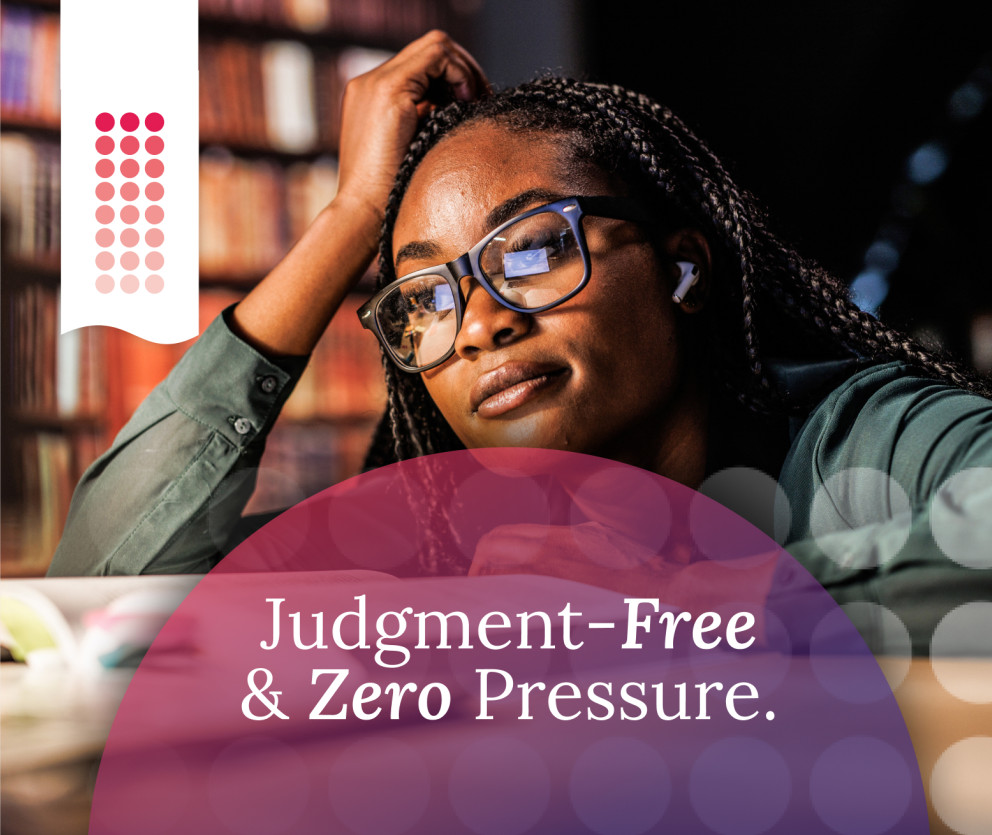If you’re facing unmanageable debt and are considering a form of debt relief like a consumer proposal or bankruptcy, you might have heard the term ‘bankruptcy trustee’ mentioned in your research. But what is a bankruptcy trustee, and how can they help you on your path to financial recovery? Also known as a Licensed Insolvency Trustee, in this article, we’ll break down the role of a bankruptcy trustee, how they fit into the bankruptcy process, and why working with a Licensed Insolvency trustee is essential to getting a fresh financial start.
What is a bankruptcy trustee?
A bankruptcy trustee is a licensed professional who is appointed to oversee the process of a bankruptcy or consumer proposal. In Canada, Licensed Insolvency Trustees (LITs) are the only professionals legally able to file bankruptcy and consumer proposals. They act as a neutral party, ensuring that the bankruptcy process is carried out according to the law, while also providing support to individuals seeking debt relief. Bankruptcy trustees are practised in legislation and debt advice, and are able to advise you on the most appropriate form of debt relief for your unique financial circumstances.
Their primary responsibilities include:
- Assessing your financial situation: a bankruptcy trustee will review your debts, assets, income, and financial obligations to determine if bankruptcy is the right option for you. The term ‘bankruptcy trustee’ could be considered a little misleading, as they will also explore bankruptcy alternatives that may be more appropriate for your unique circumstances.
- Filing legal documents: once you decide to proceed with bankruptcy or a consumer proposal, your trustee will handle all necessary paperwork and file the official documents with the Office of the Superintendent of Bankruptcy.
- Communicating with creditors: your trustee acts as a mediator between you and your creditors, ensuring that they are informed of your bankruptcy status and handling any claims they make against your assets.
- Managing the sale of assets: In a bankruptcy case, certain assets may be sold to pay off creditors. The trustee will oversee this process and ensure that the distribution of funds is handled fairly and legally.
- Providing financial counselling: as part of the bankruptcy process, trustees also offer mandatory financial counselling sessions to help individuals rebuild their financial health and avoid future debt problems.
When should you work with a bankruptcy trustee?
If you’re struggling to pay your debts and have explored other debt relief options, such as budgeting, debt consolidation, or consumer proposals, but haven’t found a solution, it may be time to consult with a bankruptcy trustee. They will assess whether bankruptcy or an alternative like a consumer proposal is the best course of action.
Some common signs that you might need to speak with a bankruptcy trustee include:
- An inability to pay minimum debt payments: if you’re only able to make the minimum payments on your credit cards and debts, or you’re missing payments altogether, you may be a candidate for bankruptcy or a consumer proposal.
- You’re facing a wage garnishment: if creditors have taken legal action to garnish your wages, a bankruptcy trustee can help stop the garnishment and put a plan in place for resolving your debts.
- You’re receiving constant collection calls: if you’re being harassed by collection agencies or creditors, filing for bankruptcy or a consumer proposal can offer legal protection and stop the calls.
How do you choose a bankruptcy trustee?
It’s important to work with a trustee you trust. When choosing a Licensed Insolvency Trustee, consider the following:
- Experience and reputation: Look for trustees with a strong track record in helping individuals navigate bankruptcy and consumer proposals. At Spergel, we have been helping Canadians for over 35 years, and have supported over 100,000 individuals to gain debt relief.
- Personalized approach: every financial situation is unique, so find a trustee who will take the time to understand your specific needs and provide tailored advice. At Spergel, unlike other insolvency firms, you’re assigned your very own trustee to walk you through the entire debt relief process, instead of passing you from person to person.
- Availability for consultation: a good trustee should be accessible and willing to meet with you to discuss your options in a no-pressure environment. We offer virtual and in-person meetings at your convenience.
At Spergel, we pride ourselves on offering compassionate, personalized debt relief services. Our experienced Licensed Insolvency Trustees are here to guide you through the process, whether you’re exploring bankruptcy, a consumer proposal, or other debt solutions. Discover how to find a bankruptcy trustee.
How can a bankruptcy trustee help you begin a fresh financial future?
Filing bankruptcy or a consumer proposal can seem like a daunting process, but working with a trustee can make it much more manageable. They take care of the legal details, protect you from creditor harassment, and help you get a fresh financial start. While it may be your first time going through the process, they know it inside out. Plus, with financial counselling included in the process, you’ll leave with the tools you need to rebuild your financial health and avoid debt in the future.
What’s a bankruptcy trustee? FAQs
Here are some of the most common questions we receive around ‘what is a bankruptcy trustee?’:
How much does a bankruptcy trustee get paid in Canada?
In Canada, a bankruptcy trustee’s fees are regulated by the government and typically come from the assets in the bankruptcy estate. The trustee’s payment is based on a percentage of the funds recovered for creditors, as well as a set fee for managing the bankruptcy process. If there are limited or no assets, the cost is covered through a tariff outlined by the Office of the Superintendent of Bankruptcy. For consumer proposals, trustee fees are included in the monthly payments agreed upon with creditors. At Spergel, we believe in being transparent – learn more about how Licensed Insolvency Trustee fees work.
How much does a Licensed Insolvency Trustee charge in Canada?
Licensed Insolvency Trustees (LITs) do not charge upfront fees for their services. Instead, their fees are regulated by the government and are either deducted from the monthly payments made in a consumer proposal or come from the proceeds of asset sales in a bankruptcy. For consumer proposals, the LIT’s fees are included in the total amount you repay to creditors, so you don’t pay extra beyond the agreed proposal amount. In a bankruptcy, the trustee’s fees are based on the funds recovered from your assets.
How far can a trustee in bankruptcy go back?
In Canada, a bankruptcy trustee can review financial transactions going back up to five years before the date of bankruptcy to identify any suspicious or improper transactions. This includes actions like selling assets below market value, transferring property to avoid creditors, or preferential payments to certain creditors. If such transactions are found, the trustee has the power to reverse them in order to recover assets for the benefit of all creditors.
Does your bankruptcy trustee monitor your bank account in Canada?
A bankruptcy trustee does not actively monitor your bank account on an ongoing basis. However, as part of the bankruptcy process, you are required to provide the trustee with financial information, including bank statements and details about your income and expenses. The trustee may review this information to ensure accuracy, assess your financial situation, and confirm that you’re complying with the bankruptcy rules, but they do not have direct access to your account. Learn more about bankruptcy duties.
Accepting the fact you may need debt relief is a big step. By booking a free consultation with one of Spergel’s experienced bankruptcy trustees, we can walk you through your debt relief options from consumer proposals to bankruptcy. We’ve helped over 100,000 Canadians gain debt relief, and we’re here to help you too.



















